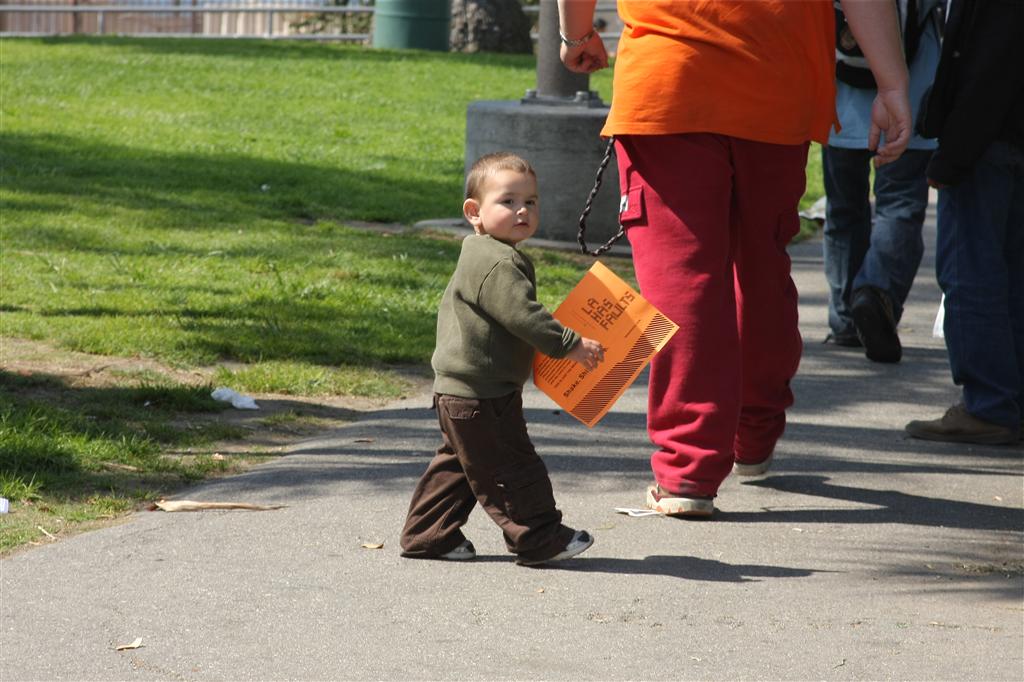The L.A. Earthquake Sourcebook
A comprehensive companion piece published in conjunction with The Great Southern California ShakeOut.

Summer 2007, Fall 2008
A multimedia public safety campaign and sourcebook initiative to increase earthquake preparedness and recovery strategies throughout the Greater Los Angeles area.
The Los Angeles Earthquake: Get Ready was a multimedia public safety campaign and sourcebook initiative created and led by ArtCenter College of Design, using the unique expertise of designers to generate new research and visual communication tools about seismic safety. Utilizing new design methodologies, this initiative was intended to mobilize the media, as well as policy- and decision-makers—and most importantly, the general public—to measurably increase earthquake preparedness throughout the Greater Los Angeles area. The initiative served as a model for identifying effective earthquake preparation and recovery strategies that could have applications throughout California and worldwide.
Over the span of three years, the project required the participation of ArtCenter students, faculty, and alumni in many disciplines such as Illustration, Graphic Design, Film, Graduate Media Design, and Environmental Design.

In May 2010, several components of The Los Angeles Earthquake: Get Ready were recognized for groundbreaking design by their inclusion in The Cooper-Hewitt National Design Museum-Smithsonian National Design Triennial exhibition, “Why Design Now?” .
The Los Angeles Earthquake: Get Ready was launched the week of November 12, 2008, in conjunction with The Great Southern California ShakeOut. The campaign utilized both traditional and cutting-edge media—including alternative networks and mobile technologies—targeting the general public, especially underserved populations in the Greater Los Angeles area. Partners from the University of Southern California Annenberg School of Communication, the Southern California Earthquake Center (SCEC), and other expert advisors participated at key junctures of research and pilot testing to provide metrics for evaluation, viability in content and direction.
The Los Angeles Earthquake: Get Ready included these interrelated components:
1) The L.A. Earthquake Sourcebook for the media and government and civic decision-makers;
2) a high-profile civic event for audiences throughout the Greater Los Angeles region;
3) a multimedia public awareness campaign which included the Preparedness Now PSA (see it in the left sidebar), the LA Has Faults pilot study and public awareness campaign, and After Shock, an online recovery game and disaster simulation;
These major components, each representing new communications paradigms that reflect contemporary social expectations and modes of behavior, can be reviewed in greater detail by viewing The Los Angeles Earthquake: Get Ready Media Kit.

The L.A. Earthquake Sourcebook, designed by Stefan Sagmeister, is a unique compendium of the latest knowledge and scientific data about earthquake preparedness and recovery by educational institutions, civic agencies, and individual experts in a wide variety of fields. The Sourcebook also includes striking illustrations and graphic imagery by renowned designers and artists, which enhances the content in a fresh and effective manner. The book is intended as an outreach tool that makes wide-ranging information available to the media and decision-makers in many arenas. Made possible in part by the National Endowment for the Arts, the publication is edited by David Ulin—Book Review editor for the Los Angeles Times and author, The Myth of Solid Ground: Earthquakes, Prediction, and the Fault Line Between Reason and Faith—and contains an introductory essay by former FEMA director James Lee Witt. The publication was released as a limited run in November 2008 and to the public in Spring 2009. As of early 2010, the book has nearly sold out nationwide. In 2010, The L.A. Earthquake Sourcebook was one of three components of The Los Angeles Earthquake: Get Ready recognized for groundbreaking design by inclusion in the The Cooper-Hewitt National Design Museum-Smithsonian National Design Triennial exhibition, “Why Design Now?”